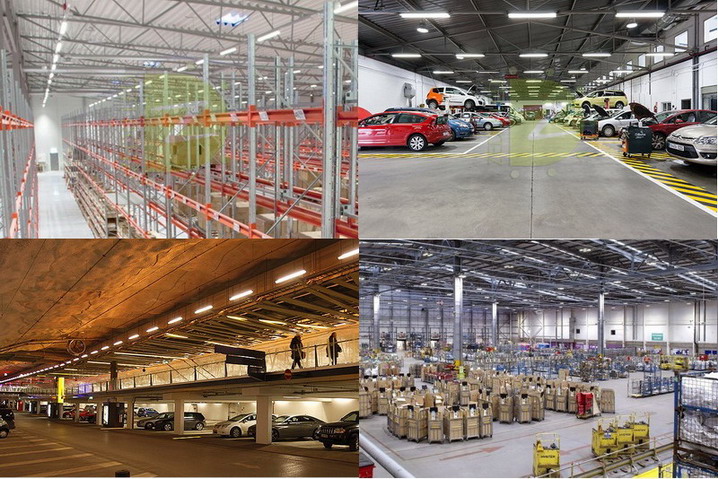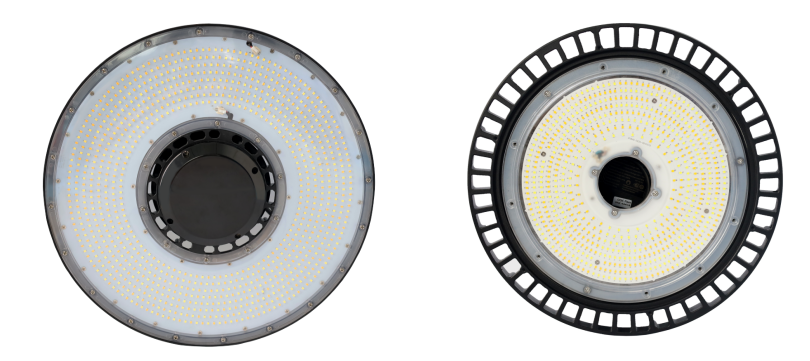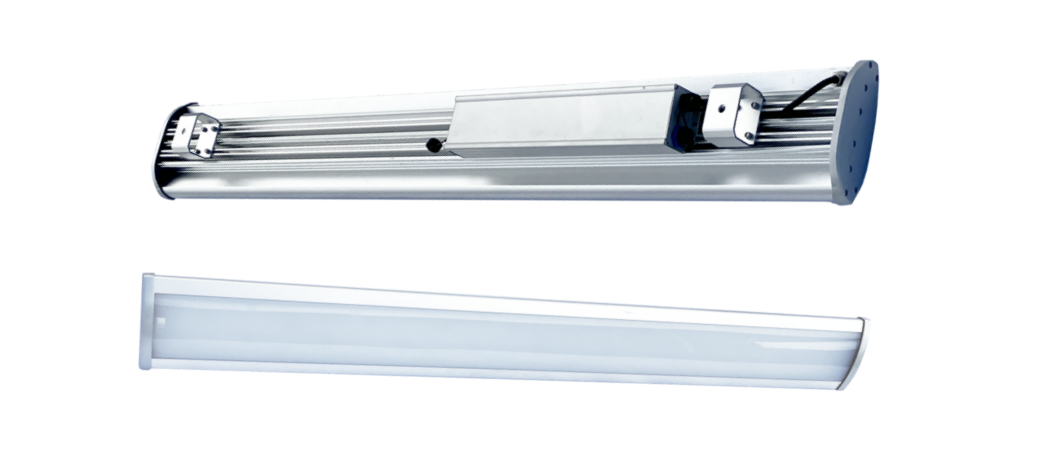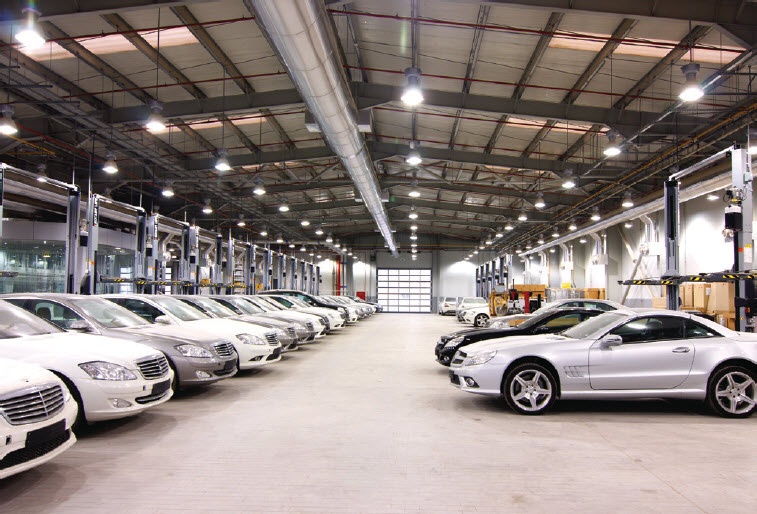The Use, Advantages, and Future Prospects of LED Lights in Industrial Production
In modern industrial production, the advancement of lighting technology plays a crucial role in enhancing work efficiency and safety. LED lights, with their unique advantages, are gradually replacing traditional lighting devices and becoming an essential part of industrial production. This article will explore in detail the applications, advantages, and future prospects of LED lights in industrial production.
I. Applications of LED Lights in Industrial Production
1. Lighting Systems
LED lights are widely used in various industrial lighting systems, including:
Workshop Lighting: LED lights provide uniform and bright illumination, helping workers perform tasks better and reducing the likelihood of accidents.
Warehouse Lighting: In large warehouses, the high luminous efficacy of LED lights ensures good visibility, making it easier for staff to quickly identify and handle goods.
2. Signal Indication
LED lights are also used for equipment status indication and safety warnings:
Equipment Status Indication: Different colored LED indicator lights can provide real-time feedback on the operational status of equipment, helping operators identify issues promptly.
Safety Warnings: In industrial environments, LED lights are used to emit warning signals, alerting workers to potential hazards and enhancing overall safety.
3. Monitoring and Inspection
LED lights play a crucial role in machine vision systems:
Vision Inspection Systems: LED lights provide clear illumination, aiding in the identification and inspection of product quality to ensure compliance with standards.
4. Thermal Treatment and Curing
UV LED Lights: The application of UV LED lights in the curing of coatings and adhesives is becoming increasingly common, especially in 3D printing and surface treatment industries.

II. Advantages of LED Lights
1. High Energy Efficiency
LED lights are significantly more energy-efficient than traditional lighting devices, allowing for substantial reductions in electricity consumption while providing the same luminous output. This not only lowers operational costs but also reduces carbon footprints.
2. Long Lifespan
The lifespan of LED lights typically reaches 25,000 hours or more, reducing the costs and maintenance work associated with frequent bulb replacements, thereby enhancing production efficiency.
3. Environmentally Friendly
LED lights contain no harmful substances like mercury and are recyclable, aligning with modern environmental standards and helping companies enhance their corporate social responsibility image.
4. Flexibility
LED lights are compact and can be easily integrated into various devices and systems, allowing for adjustments according to different industrial environment needs.
5. Low Heat Emission
Compared to traditional lighting devices, LED lights produce less heat, which helps reduce the load on air conditioning systems and further improves energy efficiency.

III. Future Prospects of LED Lights
1. Smart Manufacturing
With the advancement of Industry 4.0, LED lights will integrate with smart sensors and Internet of Things (IoT) technologies, forming intelligent lighting and control systems. This will make industrial lighting more flexible, efficient, and intelligent.
2. Technological Developments
As technology continues to advance, the luminous efficacy and color performance of LED lights will keep improving, meeting higher industrial demands and further boosting production efficiency.
3. Market Growth
The global emphasis on energy-saving and emission reduction will drive the continuous demand for LED lights in the industrial sector, presenting significant market potential. More companies will recognize the economic and environmental benefits of using LED lights.
4. Expanded Applications
LED technology will expand into more application areas, such as agriculture and logistics, promoting industry upgrades and enhancing production efficiency.

Conclusion
In summary, LED lights have broad application prospects and significant advantages in industrial production. With ongoing technological advancements and increasing market demands, LED lights will play an increasingly vital role in future industrial environments. Adopting LED lights not only enhances work efficiency but also brings considerable economic and environmental benefits to enterprises. Therefore, actively incorporating and using LED lights is a wise choice for every modern business.
CONTACT US
Email: lodyds99@gmail.com
X:@Dusaled99

